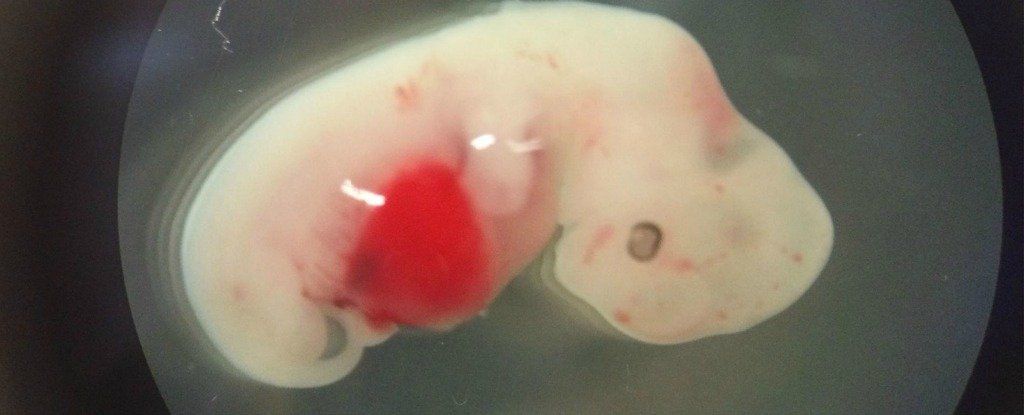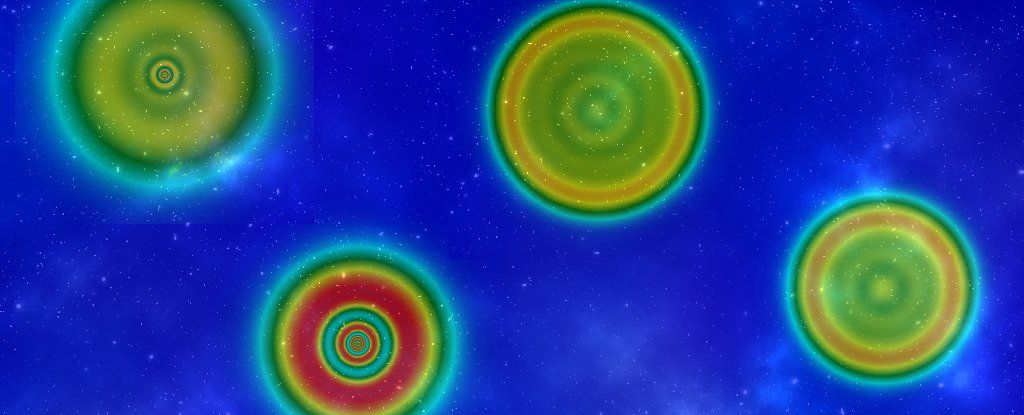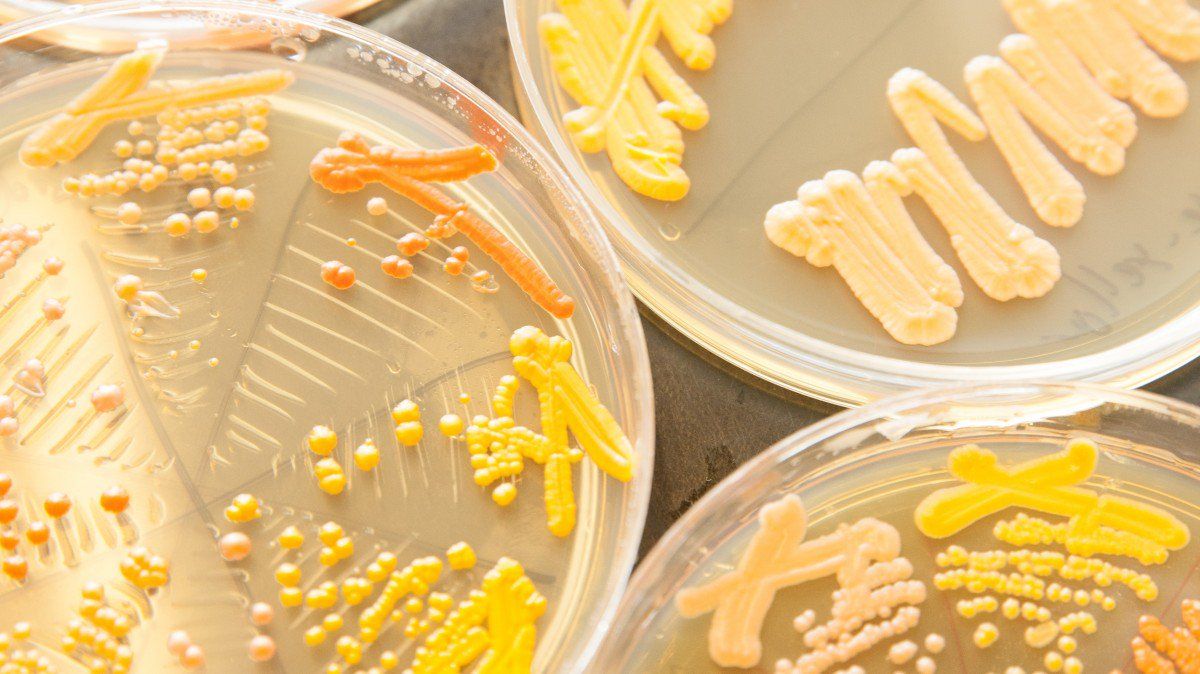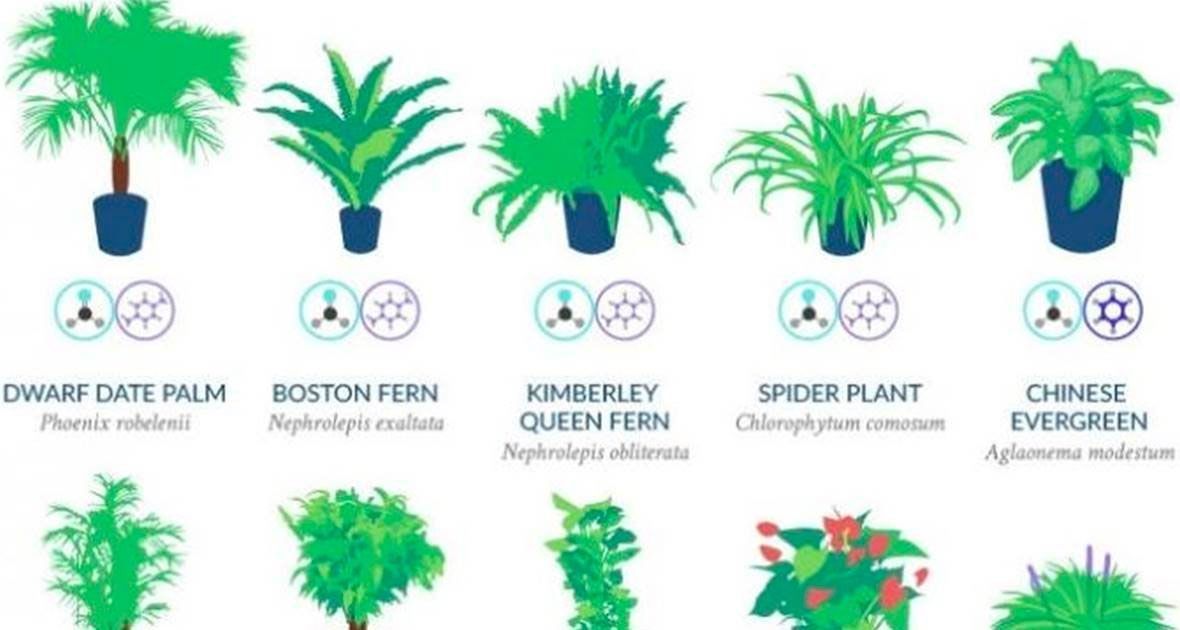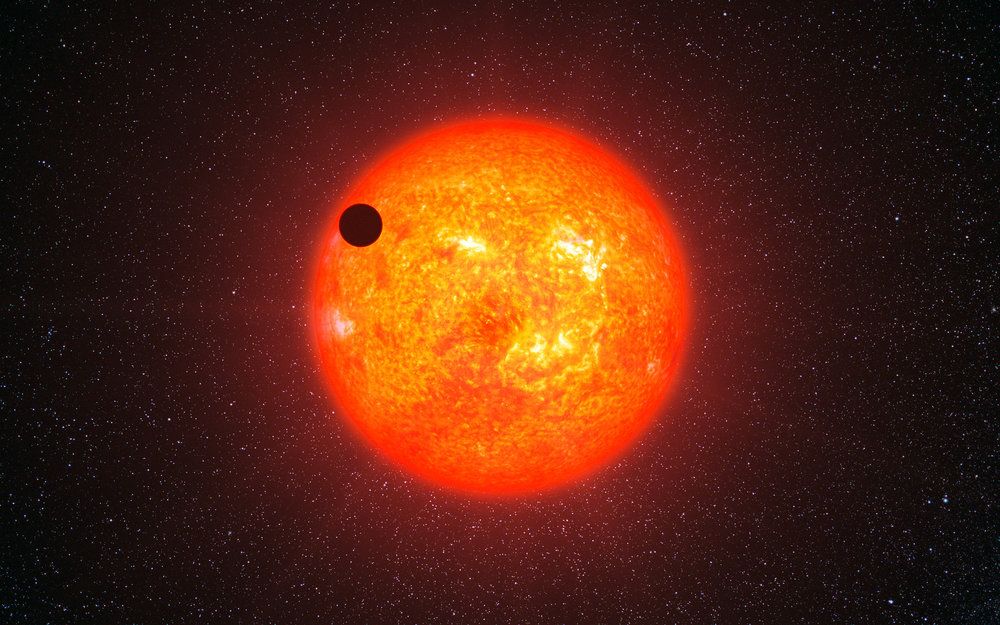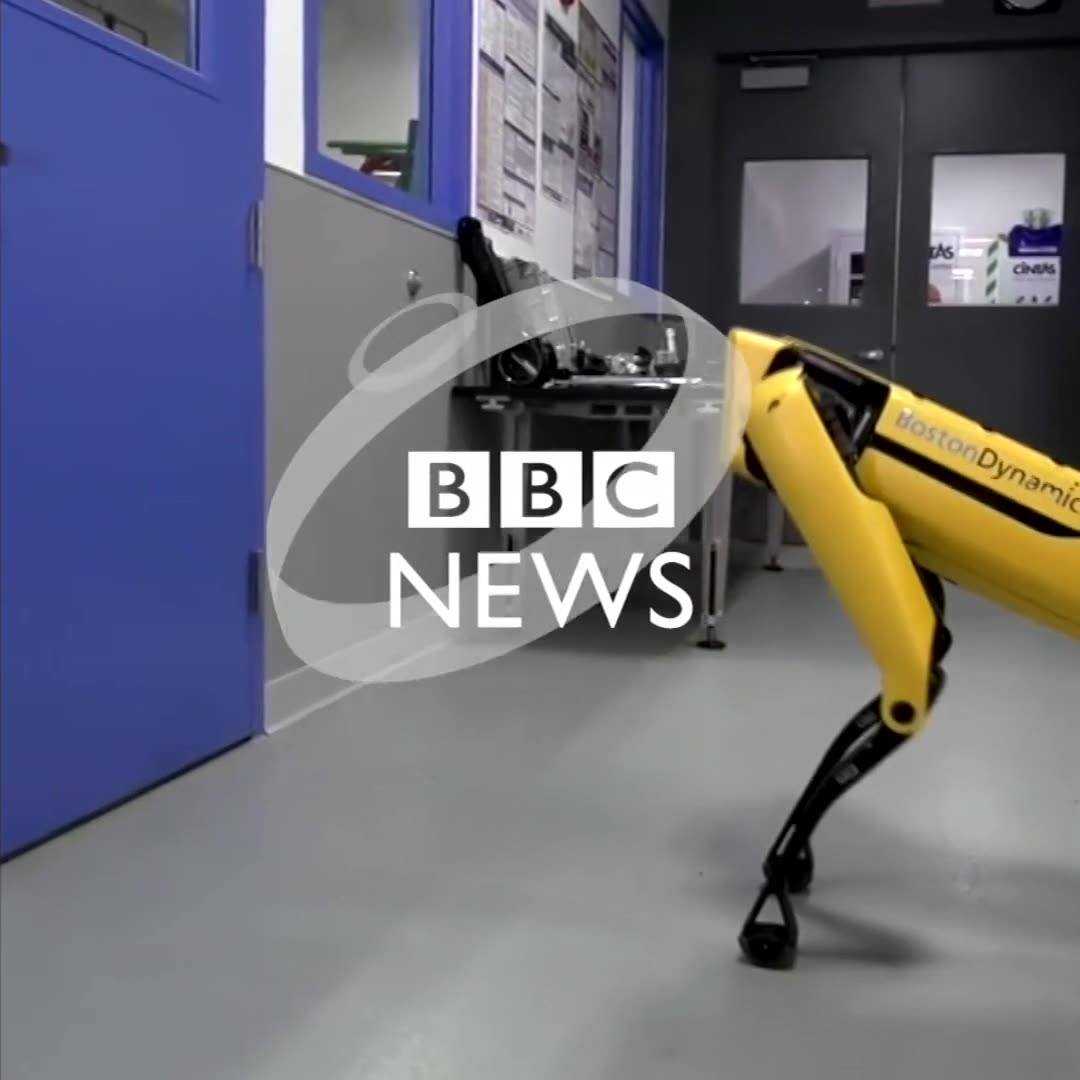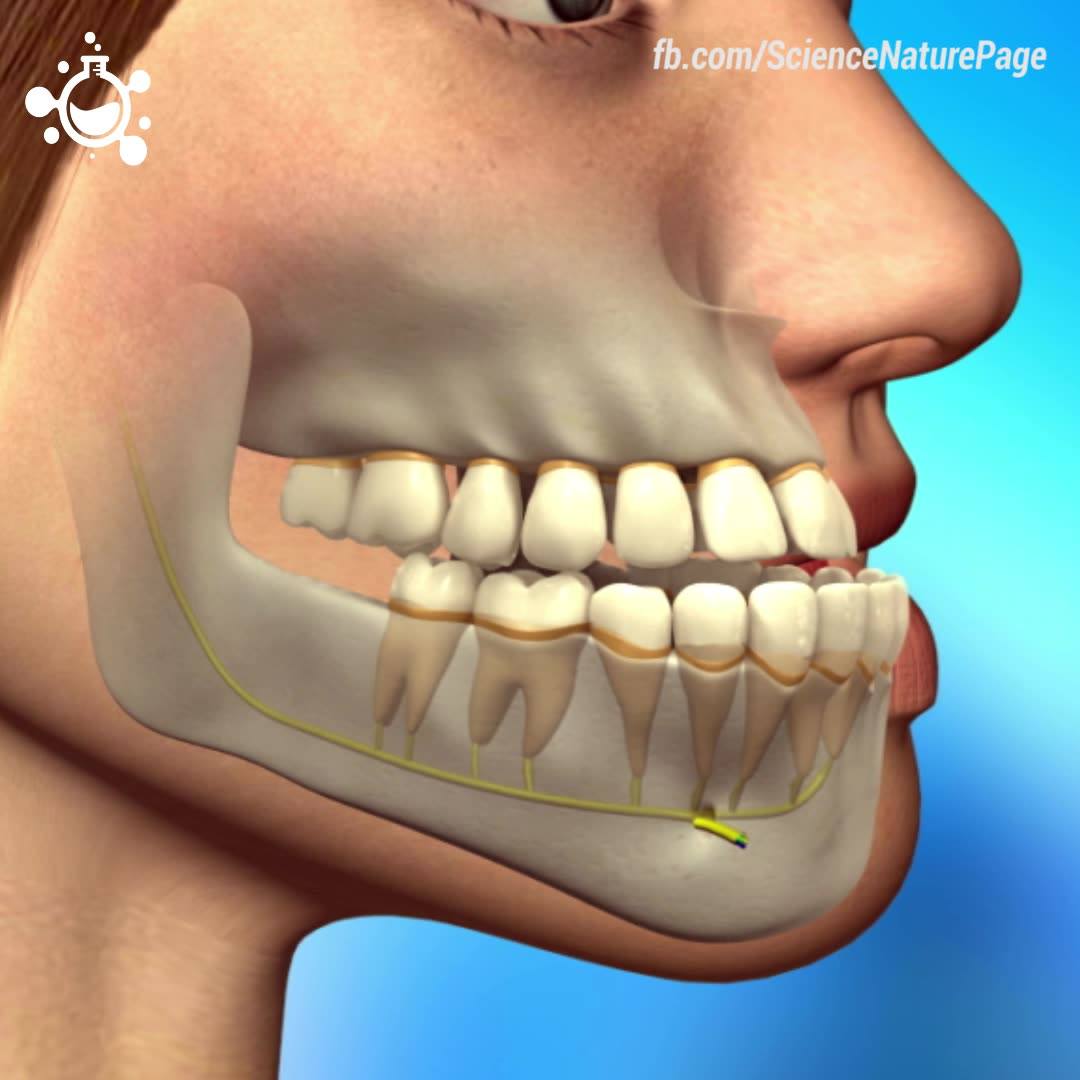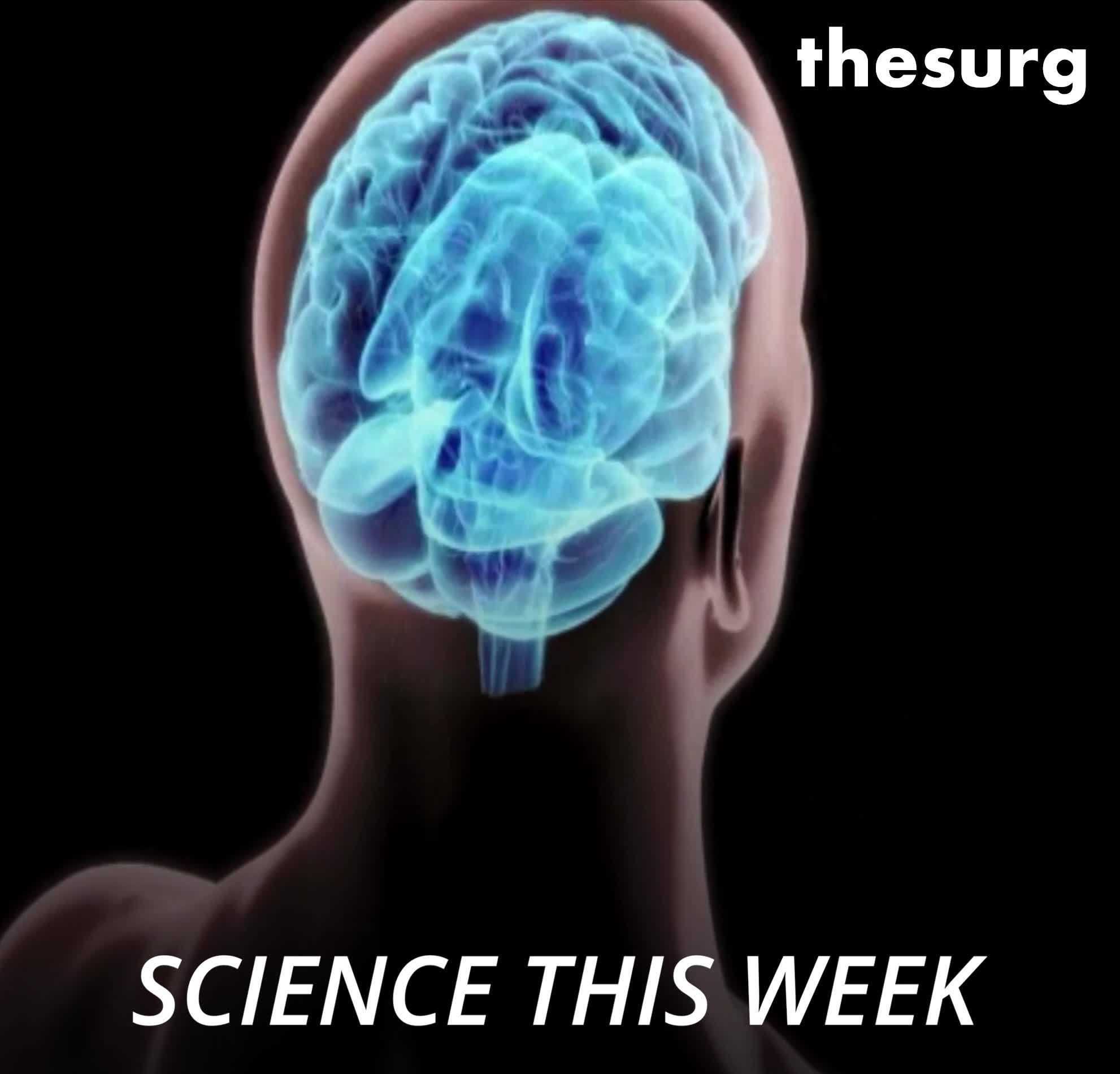Feb 22, 2018
These People Believe Death Is Only Temporary
Posted by Derick Lee in categories: biotech/medical, cryonics, life extension, transhumanism
Waiting on research advances is the rationale behind cryopreservation, and more broadly, a worldview known as transhumanism. A person killed by cancer or heart disease could reasonably be revived in a future when such ailments no longer exist. “They believe in the advance of technology,” says Giuseppe Nucci, an Italian photographer who visited with transhumanists and toured the facilities of Russia-based cryonics company KrioRus. “They hope that someone will wake them up.”
This hope, that the future will vanquish the ills of the present, is as old as the first civilisations that realized that with each passing year life got a little better. The Russian philosopher Nikolai Fedorovich Fedorov helped create an early 20th-century movement known as cosmism that was rooted in the idea that, given enough time, humans could defeat evil and death. If the human life span was too short, then the simple solution was to extend it, even after death, and suspend its decomposition until the world caught up.

Employees of a liquid nitrogen and dry ice factory on the outskirts of Moscow are shrouded in fog while refilling their liquid nitrogen tanks. Founded by former KrioRus employees, the company now supplies them. PHOTOGRAPH BY GIUSEPPE NUCCI
Continue reading “These People Believe Death Is Only Temporary” »

